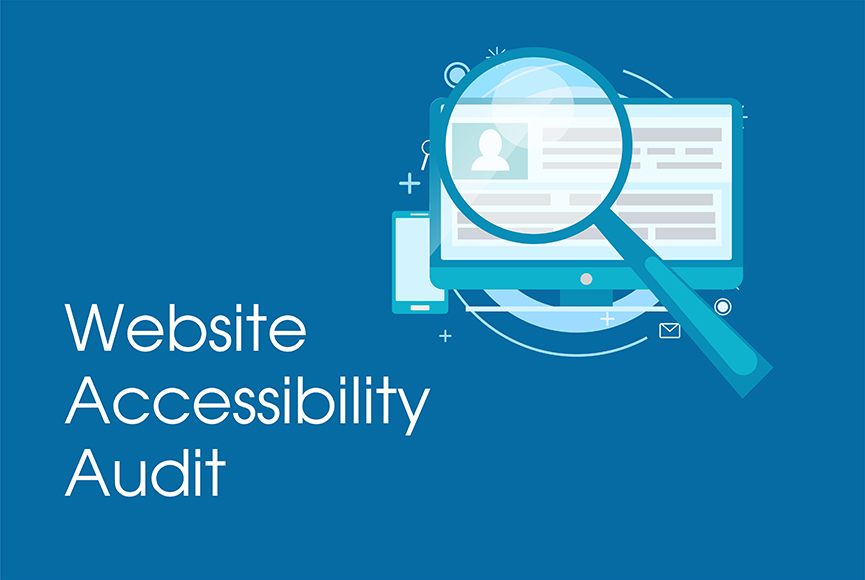1. Understand the Importance of Web Accessibility:
- Web accessibility is about making digital content, such as websites and web applications, usable for people with disabilities. It includes those with visual, auditory, cognitive, and motor impairments. Recognize that accessibility is a matter of social responsibility and good business practice.
2. Familiarize Yourself with WCAG:
- The Web Content Accessibility Guidelines (WCAG) are the internationally recognized standards for web accessibility. WCAG is organized into three levels of conformance (A, AA, and AAA), each with specific criteria. Most organizations aim for at least AA compliance.
3. Conduct an Accessibility Audit:
- Begin by evaluating your website's current accessibility status. This involves using automated tools and manual testing to identify areas that need improvement. There are numerous online tools available for this purpose.
4. Create an Accessibility Policy:
- Develop an official accessibility policy or statement that outlines your commitment to web accessibility. Share this policy on your website, making it clear to users that you take accessibility seriously.
5. Prioritize Keyboard Navigation:
- Ensure that all interactive elements and content on your website can be navigated and operated using a keyboard alone. This is a fundamental requirement for accessibility.
6. Provide Alternative Text for Images:
- Include descriptive alternative text (alt text) for all images on your website. Alt text helps screen readers convey the content and context of images to users who are blind or have low vision.
7. Use Semantic HTML:
- Properly structure your content using semantic HTML elements like headings, lists, and links. This improves both the visual and structural organization of your website, making it more accessible.
8. Implement ARIA Roles and Attributes:
- Accessible Rich Internet Applications (ARIA) roles and attributes help enhance the accessibility of dynamic content, such as accordions and sliders. Properly implement ARIA to ensure compatibility with assistive technologies.
9. Create Accessible Forms:
- Make forms on your website accessible by providing clear labels, error messages, and instructions. Ensure that all form fields can be navigated and completed using assistive technologies.
10. Test for Color Contrast:
- Ensure that text and interactive elements have sufficient color contrast to be legible for all users, including those with low vision or color blindness.
11. Caption and Transcribe Multimedia:
- Provide captions for videos and transcriptions for audio content to make them accessible to individuals who are deaf or hard of hearing.
12. Enable Resize and Text Zoom:
- Allow users to resize text and zoom in on content without it breaking or becoming illegible. This is especially important for users with low vision.
13. Conduct Regular Accessibility Testing:
- Accessibility is an ongoing process. Regularly test your website for compliance and address any issues that arise.
14. Educate Your Team:
- Ensure that your web development and content creation teams are educated about web accessibility principles and WCAG guidelines.
15. Seek User Feedback:
- Involve individuals with disabilities in user testing and gather feedback to improve the accessibility of your website.
16. Monitor Legal Requirements:
- Stay informed about legal requirements related to web accessibility in your jurisdiction, as they may evolve over time.
Ensuring website accessibility and compliance with WCAG is a continuous journey. By making your digital content accessible, you open your website to a wider audience and demonstrate your commitment to inclusivity. Ultimately, web accessibility is a reflection of your values and your dedication to providing an equitable online experience for all users.




Comments (0)